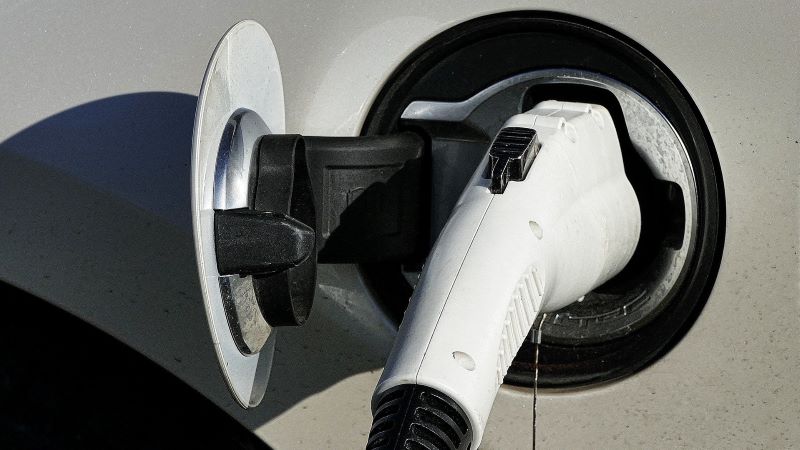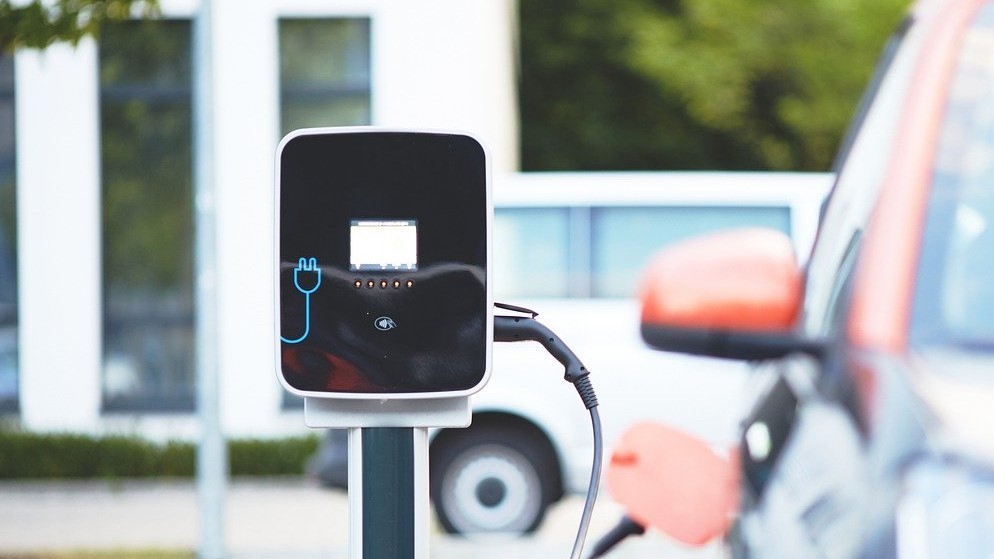New registrations of passenger cars with alternative drives increased by 29.8 percent in July compared to the same month last year. 117,408 vehicles were registered by the Federal Motor Transport Authority. In the first seven months since the start of this year, 17.3 percent more new electric cars, hybrids with and without plugs, mild hybrids and gas-powered passenger cars were registered than in the same period last year, a total of 748,989 units. Alternative drive systems thus accounted for a market share of 45.7 percent in the first half of the year.
The strongest growth among alternative drive systems in July was recorded by battery electric vehicles (BEVs). 48,682 new BEVs hit the roads, an increase of 68.9 percent compared with the same month last year. Plug-in hybrids recorded a slump of 39.5 percent with 14,345 new registrations. As expected, customers are thus reacting sensitively to the discontinuation of the environmental bonus subsidy for plug-in hybrids since the beginning of the year. In the first seven months of 2023, 268,926 battery-electric passenger cars were newly registered (up 37.1 percent year-on-year). In addition, 93,410 plug-in hybrids were newly registered (down 42.6 percent).
Among the alternative drive systems, hybrids without plugs also grew comparatively strongly in July, by 46.6 percent to 53,138 units. Among the hybrids, 8,152 were full hybrids, 94 percent of which came from VDIK brands.
In addition, 8,239 passenger cars powered by liquid gas were newly registered in the first seven months (minus 8.9 percent), as well as 198 fuel cell passenger cars.
The VDIK regularly updates the list of electric vehicles from international manufacturers. The VDIK member companies currently offer more than 200 electric models (passenger cars and commercial vehicles) that customers can order in Germany. The VDIK electric list can be accessed here.
In the overall passenger car market, alternative drive systems achieved a share of 45.7 percent since the beginning of the year. Gasoline engines achieved a market share of 36.3 percent, while diesel was only 18.0 percent.
| July | January – July | ||||||
|---|---|---|---|---|---|---|---|
| +/- (%) | +/- (%) | Share of total car market |
Market share VDIK (%) |
||||
| BEV | 48,682 | 68,9 | 268,926 | 37,1 | 16,4 | 37 | |
| PHEV | 14,345 | -39,5 | 93,410 | -42,6 | 5,7 | 34 | |
| FCEV | 42 | -19,2 | 198 | -32,2 | 0,0 | 87 | |
| Electric Vehicles (total) | 63,069 | 20,0 | 362,534 | 1,0 | 22,1 | 37 | |
| HEV including: |
53,138 | 46,6 | 377,216 | 40,0 | 23,0 | 42 | |
| full hybrid | 8,152 | 44,8 | 54,320 | 28,9 | 3,3 | 94 | |
| mild hybrid | 44,986 | 46,9 | 322,896 | 42,0 | 19,7 | 33 | |
| CNG | 210 | 7,7 | 1,000 | -14,1 | 0,1 | 63 | |
| LPG | 911 | -29,3 | 8,239 | -8,9 | 0,5 | 99 | |
| Alternative Drivetrains (total) | 117,408 | 29,8 | 748,989 | 17,3 | 45,7 | 40 | |
| Petrol | 83,358 | 12,5 | 595,809 | 15,1 | 36,3 | 39 | |
| Diesel | 42,496 | 2,7 | 295,259 | 2,7 | 18,0 | 32 | |
| for information: | |||||||
| Passenger car (total) | 243,277 | 18,1 | 1,640,147 | 13,6 | 38 | ||
Electric vehicles: BEV, PHEV und FCEV
BEV, Batterieelektrisches Fahrzeug, engl: Battery Electric Vehicle
PHEV, Plug-In-Hybrid, engl: Plug-In Hybrid Electric Vehicle
FCEV, Brennstoffzellenfahrzeug / Wasserstofffahrzeug, engl.: Fuel Cell Electric Vehicle
Hybride, Hybrid ohne Stecker bzw. nicht aufladbar, engl.: Hybrid Electric Vehicle
CNG, Gasförmiges Erdgas, engl: Compressed Natural Gas
LPG, Flüssiggas bzw. Autogas, engl: Liquified Petroleum Gas
Models with a maximum e-motor output of 20 KW are classified as mild hybrids, while full hybrids have a maximum e-motor output of more than 20 KW.





